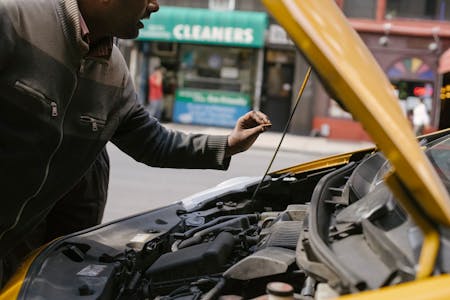
It might not be immediately obvious which driver is at fault after a collision, even when only two vehicles are involved. If more than two vehicles are involved in a crash, figuring out who’s responsible can be even more challenging.
Determining fault plays a key role when it comes to compensating people who’ve been injured in an accident, including highway pile-ups. Here, we’ll discuss how multi-vehicle collisions occur and how to hold the at-fault party accountable.
Why Do Multi-Vehicle Collisions Occur?
Some examples of the many different reasons multi-vehicle collisions occur include:
- Driver merging or changing lanes without watching for vehicles in their blind spots
- Drivers becoming impaired after using alcohol, illegal narcotics, or prescription medications
- Drivers speeding, racing, weaving through traffic, or otherwise driving recklessly
- Drivers fleeing police to avoid arrest
- Drivers falling asleep at the wheel due to fatigue
- Poor lighting conditions
- Poor visibility due to sharp curves, plants or other vegetation, or objects obscuring what drivers can see
- Heavy highway traffic
- 18-wheeler trucks or other large vehicles colliding with other cars after the initial impact in a crash
Determining Fault For A Chain-Reaction Crash
A chain-reaction crash happens when one vehicle collides with another, then any of the first two vehicles collide with another nearby vehicle, or another car collides with them. For example, think about one car rear-ending another vehicle, then pushing the second car into a third vehicle. Or think of one car rear-ending another car, and then a third car can’t stop in time and rear-ends the two crashed cars.
Figuring out who’s to blame for chain-reaction crashes can be a challenge, but it’s important to remember that fault in any personal injury case is based on the concept of negligence. In legal terms, someone is negligent if the law says they had a duty to take reasonable precautions to avoid injuring other people, but they failed to uphold that duty.
To determine who’s at fault for a chain-reaction crash, you’ll need to figure out who the negligent parties are. In many chain-reaction accidents, the driver who initially caused the crash is ultimately held responsible for any resulting injuries, but sometimes multiple parties share fault for an accident.
What If Motorists Share Fault For The Pile-Up?
Suppose you’re involved in a multi-car accident, and more than one person is responsible for your injuries. In that case, you might need to file a claim against each liable party if you want full compensation for your injuries and financial losses. An experienced car accident lawyer can help you identify who is responsible and file a claim against the appropriate parties after a crash.
Depending on the facts of the case, you may bear some responsibility for a multi-car crash. However, that doesn’t necessarily mean you can’t claim any compensation. Texas law says that as long as you are not more than 50 percent at fault for a crash, you could still file an injury claim or lawsuit against other responsible parties. If you are found to be partially responsible for an accident, your compensation will likely be reduced in proportion to the percentage of fault you’re assigned.
Talk To Our Experienced Houston Multi-Car Accident Attorneys
At Goldenzweig Law Group, PLLC, our Houston car accident attorneys have experience handling claims of every kind, from single-vehicle accidents to multi-vehicle pileups. We treat every case we take with the seriousness it deserves.
Contact us now for a free consultation to discuss your crash and how our lawyers can help you seek justice.
Navigation
Related Posts


Most Dangerous Roads and Intersections in Houston
Continue Reading

